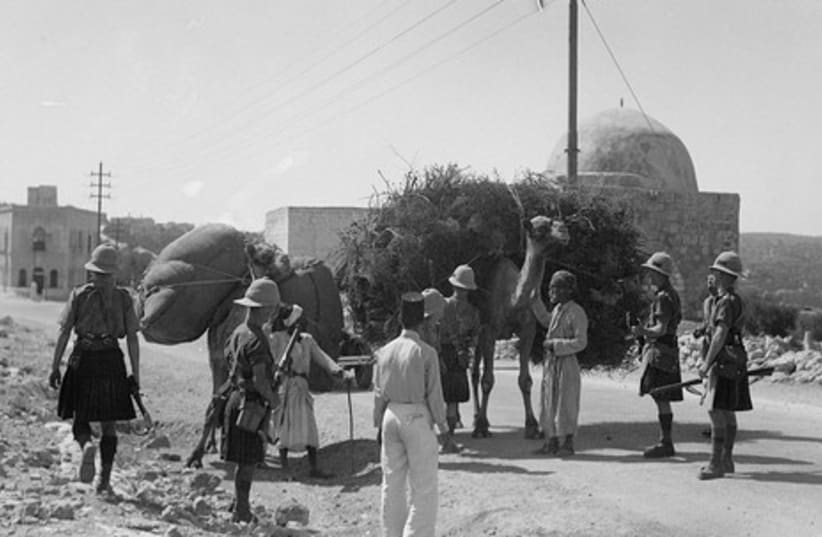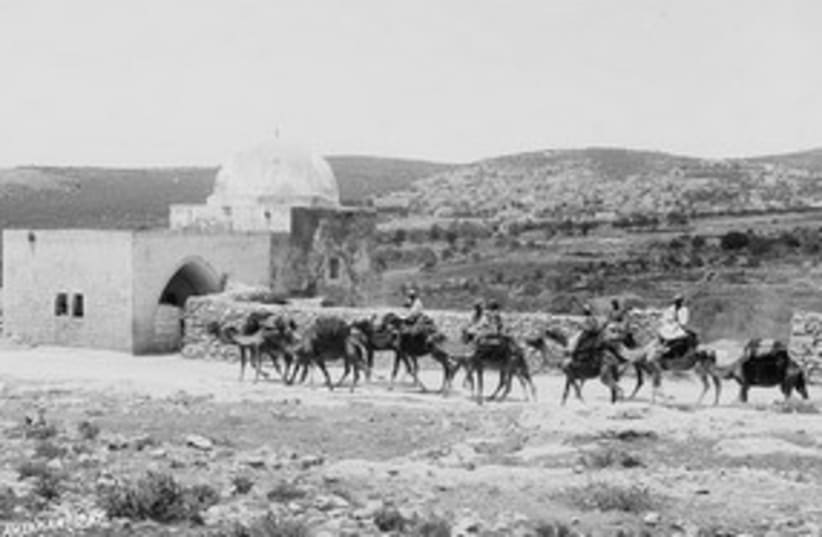




Tens of thousands of Jews - mostly women - are expected to visit Rachel's Tomb tonight and tomorrow. The burial site, located between Jerusalem and Bethlehem, has been venerated by Jews for centuries.
Tuesday, the 11th of Cheshvan in the Hebrew calendar, is traditionally observed as Rachel's yahrzeit - anniversary of her death. Buried on the side of the road by her husband, Rachel, according to tradition, later wept as "her children" were exiled from the land of Israel. Rachel is considered a special figure for prayers and entreaties.In 1622 the Ottoman governor of Jerusalem permitted Jews to build walls and a dome over the grave. For several hundred years a local Bedouin tribe, the Ta'amra, and local Arabs demanded protection money from Jews going to Rachel's grave. In the 18th and 19th century the Arabs built a cemetery around three sides of the shrine in the belief that the proximity of the deceased to the grave of a holy person - even a Jew - would bestow blessings on the deceased in the world to come. Muslims even prepared bodies for burial at Rachel's grave.In the 1830s, Jews received a firman [decree] from Ottoman authorities recognizing the Jewish character of the site and ordering a stop to the abuse of Jews there. In 1841, Sir Moses Montefiore secured permission from the Ottoman authority to build an anteroom for Jewish worshipers. During the 1929 Muslim attacks on the Jews of Palestine, the Muslim religious council, the Waqf, demanded the site.For 19 years of Jordanian rule on the West Bank (1948-1967), Rachel's Tomb was off limits to Jews. After the 1967 war, Israel reclaimed control of the site. In 1996 and during the Palestinian intifada in 2000-2001 Rachel's Tomb was the target of numerous attacks. The Israeli army built walls to protect worshipers and their access to the site.More photos can be viewed at http://www.israeldailypicture.com.